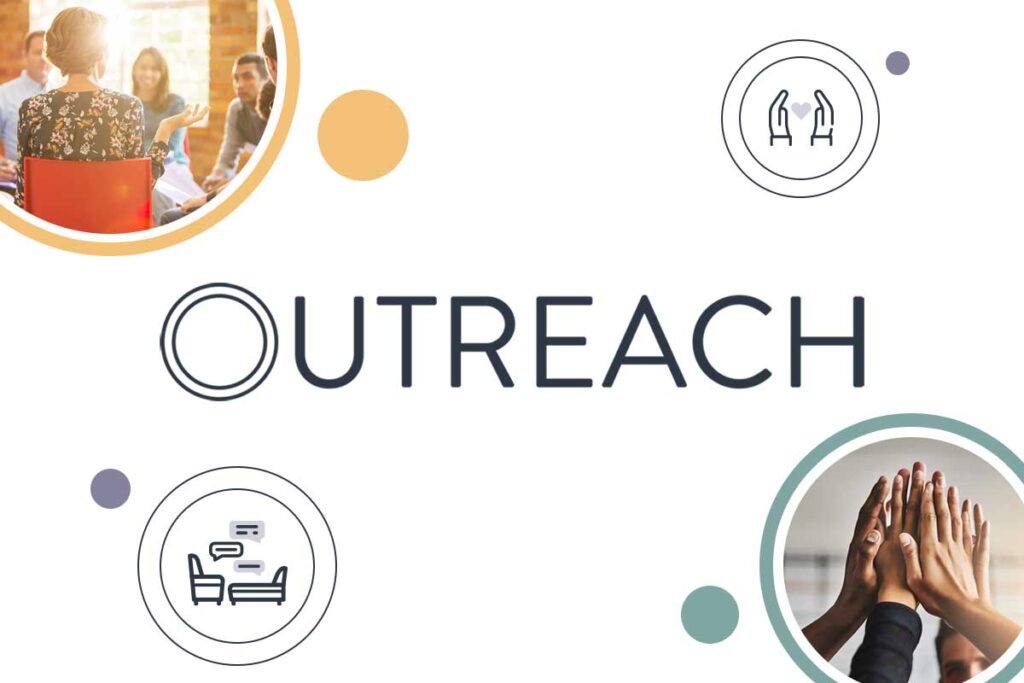It’s unfortunate, but many prescribers are willing to give opioids for even the slightest amount of pain these days. While this can be effective in helping patients manage chronic pain, it can be the first step to addiction for many. At Outreach Recovery, we understand how risky opioid medications are, especially if you have a history of addiction. To avoid these potentially dangerous medications, we have several pain medication options for opioid addiction.
NSAIDs
NSAIDs are a class of medications that are considered non-steroidal anti-inflammatory drugs. Some of the medications in this class that you might be familiar with that are sold over the counter include ibuprofen (sold under the trade name Motrin or Advil) and naproxen (trade name Aleve or Naprosyn). These medications are effective in reducing mild to moderate pain and can help with inflammation and swelling. There’s no risk of addiction with these medications, but they can cause intestinal bleeding if used improperly.
Acetaminophen
Acetaminophen, sold over the counter with the trade name Tylenol, is in a class of its own. While it’s not necessarily effective in treating swelling and inflammation, acetaminophen works well to reduce mild pain associated with headaches, muscle aches, and especially arthritis. Like NSAIDs, there’s not any risk of addiction relapse. Acetaminophen doesn’t pose any of the intestinal bleeding risks of NSAIDs but an overdose can cause severe liver damage.
Nerve pain medication
There are prescription medications available that are not opioids. These are often used to treat pain associated with nerve damage. Medications like gabapentin or pregabalin are medications that were originally used to treat seizures but have been found to be effective in relieving moderate nerve pain. These medications calm nerves that are overactive and causing pain.
Local anesthetics
Medications like lidocaine, muscle relaxers, and NSAIDs can be compounded into creams and ointments to help relieve local muscle pain. Whether you purchase these medications over the counter or have a prescription for a pharmacist to compound a specific prescription for you, these can be effective in treating pain and inflammation in a localized area.
Non-medication treatments
There are times that pain can be treated entirely without medication. Backaches, swollen or sore joints, and muscle stiffness can all be remedied without taking medication. Massages are excellent for back pain by helping loosen up the muscles that are tight and sore. Additionally, chiropractic care can be effective in treating joint pain in the back and neck. Ice is a great solution for swollen or sore joints as the cold works to narrow blood vessels and reduce swelling. Conversely, heat can help with stiff muscles by helping to get blood into the tissue and loosen them up.
Other non-traditional methods like acupuncture, stretching, and relaxation techniques can help to manage your pain without the need to take opioid medications. For mild to moderate pain, exercising is a great way to manage pain. It’s important to listen to your body and know your limits but moving encourages your muscles to stretch and strengthen, which will help to relieve chronic pain.
Learn more about your options
If you’re concerned about your medication options for opioid addiction, please don’t hesitate to reach out to our team. Here at Outreach Recovery, we can help you find other options to avoid a relapse into opioid addiction. Reach out today to learn more about medication alternatives. We’re here to help.

